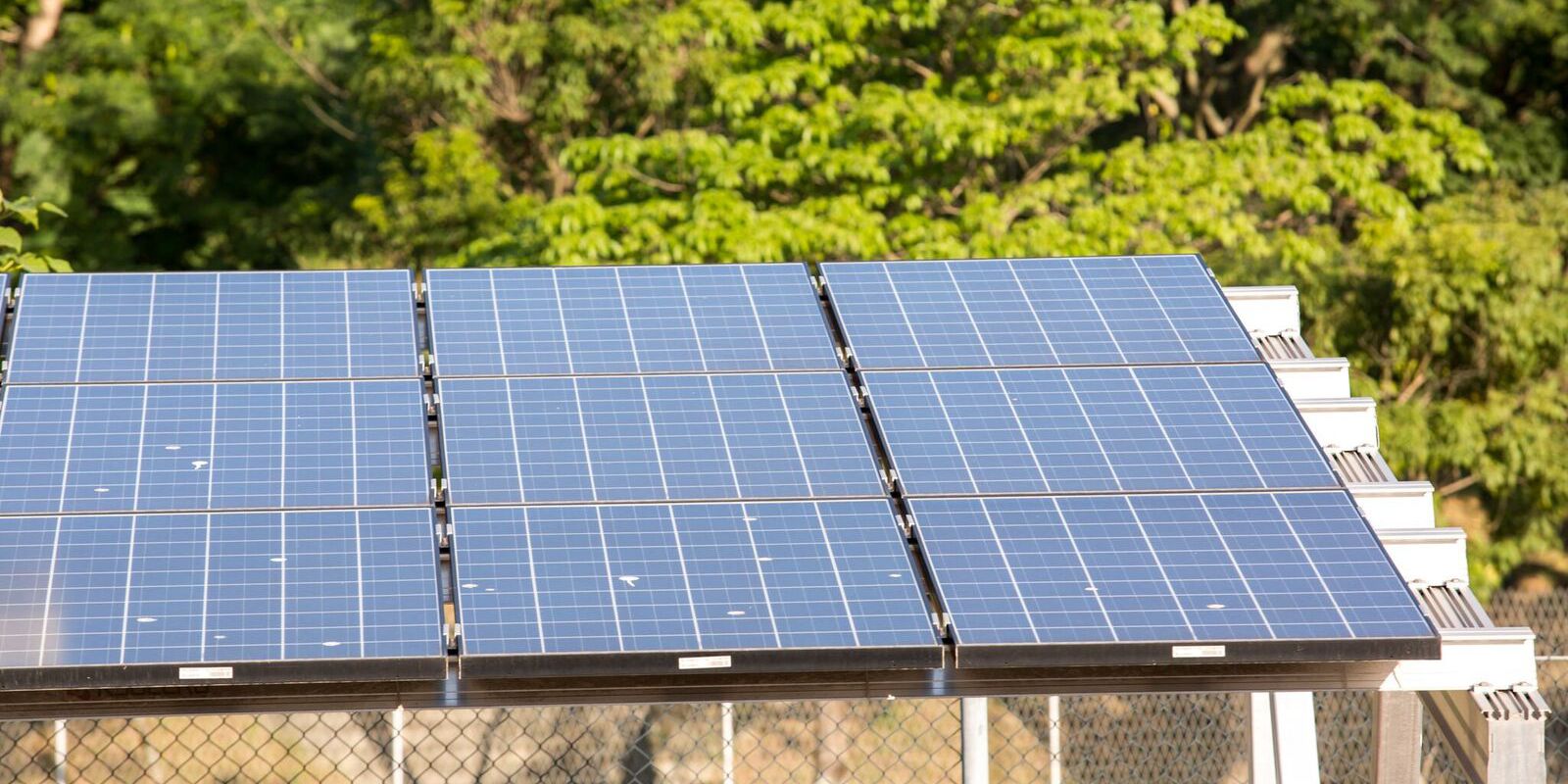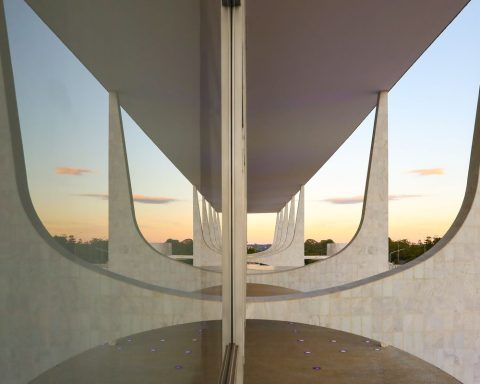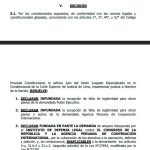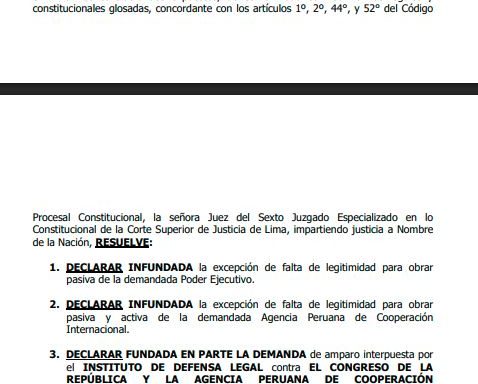The high cost of electricity in Brazil has led many people to seek solutions that reduce the value of the electricity bill. An interesting alternative for homes may be solar energy which, according to a specialist consulted by the Brazil Agency, is “good for the pocket, for the country and for the world”.
The potential for generating solar energy in Brazil is immense, but still underused, especially in homes. This is explained by the fact that many people have no idea what it takes to transform roofs or open areas into small generators of energy through solar panels. Something that, according to Rafael Amaral Shayani, professor at the Department of Electrical Engineering at the University of Brasília (UnB), is simpler than it looks, and whose benefits go beyond a less expensive electricity bill.
“Solar energy for residential use, which is called distributed generation, is good for the consumer’s pocket. But it is also good for the country because Brazil is a developing country that will need a lot of energy to grow; and for the world, because it protects the environment, since it does not emit greenhouse gases”, highlights the electrical engineer in an interview with Brazil Agency.
good for the pocket
Solar energy can result in a significant decrease in electricity bill expenses. According to Shayani , an investment between R$12,000 and R$15,000 can reduce the energy bill by up to 90%.
“The person, then, starts to pay only the minimum installment, which is the minimum consumption, a service availability fee”. The engineer says that the investment is recouped in about five years and that the system lasts for 20 to 25 years.
good for the country
Solar energy is also good for the country to deal with the expected growth in energy demand, as the number of factories and industries increases in the coming years.
“The Energy Research Company (EPE) predicts that by 2050 Brazil will triple its electricity consumption, even due to population growth and the consequences of this for the productive sector, as it will lead to more use of home appliances”, says Shayani.
good for the planet
“When power is generated on the roof of your house, you are not burning natural gas to generate electricity. You reduce the need for hydroelectric plants, which flood forests, or for burning coal or gas to generate energy from thermal plants. Therefore, it is a very good way to contribute to protecting the environment”, adds the professor.
For Shayani, one of the great global challenges is to generate more electricity and reduce greenhouse gas emissions. “In this sense, solar energy comes as a solution. The more people adopt it, the more energy the country will produce, and the less fossil energy will need to be used”, emphasizes the professor, who also indicates the use of solar heating through plastic tubes to, with the heat of the Sun, heat the water. from the shower.
photovoltaic panels
The great advantage of using photovoltaic panels, according to Shayani, is the possibility of “returning” part of the energy consumed to the energy network provided by the local distributor.
In order to “return” energy to the supply network, it is necessary to have, in addition to the solar panel, an inverter, since solar energy generates direct voltage, and household outlets use alternating energy.
“You connect your solar energy system to an electrical grid from the distributor that serves the city. That is, install the system on the roof and connect it to the same circuit breaker that the electric company has in your house. It is the cheapest system because it does not depend on batteries to store energy”.
According to the National Electric Energy Agency (Aneel) there are, in Brazil, 775,972 solar systems of this type already installed.
Rain and cloudy weather
Interconnecting the boards to the power distribution network is also a solution to avoid power outages on rainy days, cloudy weather, or even at night, when there is no sun. “It’s as if the energy meter clock rotates backwards when it’s daytime and consumption is lower. At night, then, when there is no sun, you will get that energy back, using the energy of Brazilian hydroelectric plants. Then the clock goes forward.”
At the end of the month, if the energy supplied during the day is the same as that received in periods without sunlight, it is as if the clock that marks consumption is set to zero. “The official name of this is Energy Compensation System. More energy is generated during the day to compensate for use at night, when there is no solar energy. It’s an interesting thing because it doesn’t need batteries for storage, which are very expensive and highly polluting.”
batteries
In general, this battery-powered equipment is used in isolated regions, where there is no power supply from electric companies. This is the case of some communities in the interior of the Amazon, in the forest.
“In addition to being expensive and harmful to the environment, these batteries are like car batteries: they wear out very quickly and need to be changed every three or four years. The additional cost of these batteries makes the system [de captação e geração de energia] almost double in price”, estimates the professor.
how they work
Solar energy is a technological innovation that differs from other forms of electricity generation because it is an electronic system. It is made from a stone of silicon, a substance that, after oxygen, is the most abundant on Earth.
“The earth’s crust is made of silicon, the material used in solar panels. When sunlight falls on it, an electron jumps, which ends up generating energy. This electric current leaves the roof and enters the equipment, energizing the house”, details the specialist.
Legislation
Aneel’s legislation allows four types of distributed energy generation. The first is the generation in the consumer unit itself, when the person installs it on the roof of their own house. The second is called remote self-consumption, which is when a person has, for example, two residences in the same state. She can put solar energy on the roof of the house and the energy that is generated there compensates for the consumption of the other residence.
“There is also the modality of multiple consumer units. This is the case with condominiums, which can place plates on the roofs to supply the common area. There is also the possibility for residents of the apartments to place the equipment on roofs, and the energy to be shared between the units that made the investment.”
The fourth modality is shared generation which, according to the specialist, encompasses “a larger plant to which people can join to benefit from a reduction in their energy bill”.
Equipment cost
The price of the system depends on two main factors. The first is to know how much energy the residence consumes. “To know this, just look at the invoice sent by the energy concessionaire every month. Consumption is calculated from the monthly average. In summer more electricity is generated and in winter less. But, in the average of the year, the person can generate all the energy in the house”, explains Rafael Shayani.
“It also depends on how much sun there is in the region. Brazil in general is very sunny. The least sunny place in Brazil has more sun than the whole of Germany, which is one of the leaders in the use of solar energy. So, if you live in a place with a lot of sun, your generation system can be smaller, not needing as many plates”, he adds.
According to the professor, the typical consumption of a Brazilian household is around 10 kilowatt-hours per day. “Usually we get five hours of strong sunlight a day. Considering this average as a reference, then we need a solar energy system of more or less 2 kW installed on the roof of the house. It will occupy a small area of the roof and generate energy to, on average for the year, supply everything.”
The cost of the equipment varies according to the dollar exchange rate, which is in the range of R$ 5.50. “Currently, this equipment should cost between R$12,000 and R$15,000, but with it installed, the electricity bill can drop to the minimum amount charged by the concessionaire. The investment is recouped in the first three or five years. Then, it stays 20 years paying only the minimum electricity tariff, which is charged for network maintenance.”
The equipment must be installed by a specific company, because registration with the Engineering Council is required, in order to prove that the installation is safe and meets the safety rules of the energy distributor.
“The first step is to contact an equipment company for solar energy generation in your city, a branch that has grown a lot in recent years. There are thousands of companies in Brazil. Ask them for a quote. They install the equipment, get in touch with the distributor, who then inspects the installation to see if everything is in order to finally turn on the system. This can all be done in up to 30 days”, says the engineer.

















